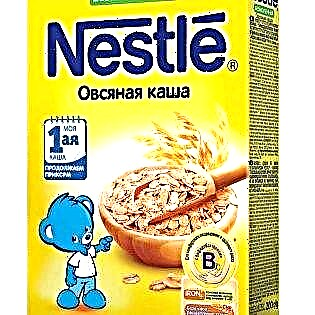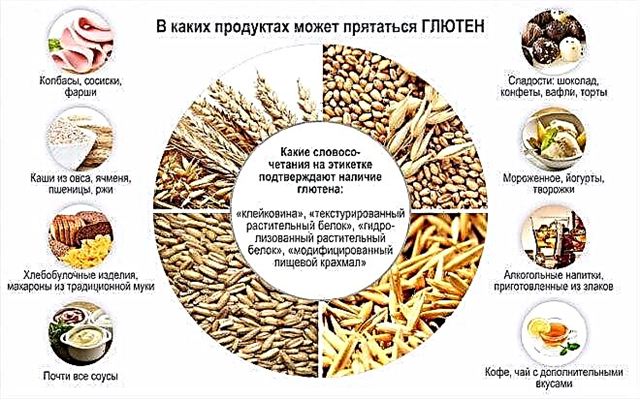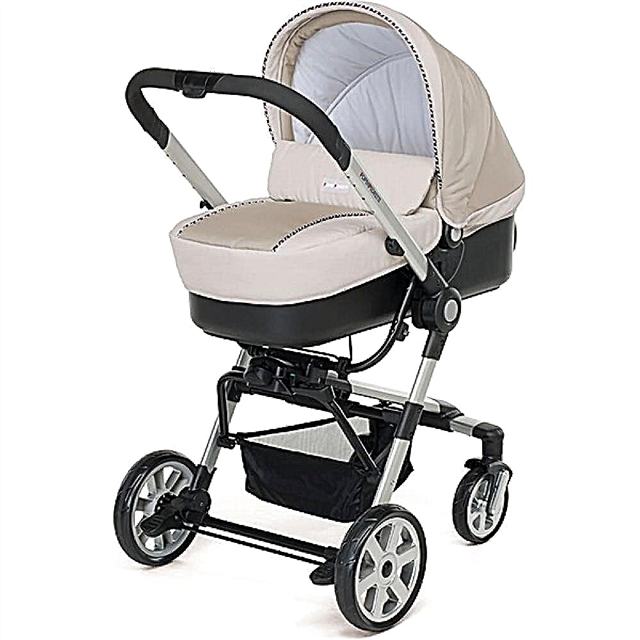
In recent years, the number of children with dairy intolerance has increased markedly. Many European scientists believe that this was due to global urbanization. Toddlers who live in the city do not tolerate dairy products more often than their village and village friends. Any intolerance to dairy products requires the appointment of a special dairy-free diet.

The basics
Usually, a dairy-free diet includes the basic principles of good nutrition, but with the replacement of dairy products with alternative sources of protein. Protein is needed by the child's body for active growth and development.

The dairy-free diet is based on the following principles:
- Complete elimination of all dairy products. Replace casein (the main structural protein in milk) with other alternative sources of animal and plant protein.
- Inclusion of more animal proteins in the diet. For babies in the first year of life, when introducing complementary foods, lean turkey and chicken are excellent options. You can also use veal or rabbit. For children, white fish can be added from a year. However, the introduction of fish into the diet should be carried out gradually so as not to overload the body with protein products. For babies from three years old, you can add red fish varieties.
- Combine different types of proteins. Vegetable proteins should be added to animal proteins. They are mostly found in legumes, beans and soybeans. For children under one and a half years old, you can use a side dish of boiled beans with a small amount of vegetable oil as vegetable protein. For older children, include boiled pea porridge in the diet or add beans to soups.
- Meals should be fractional, at approximately equal intervals. Feed your baby at least five to six times a day. Portions should be small (according to age needs). Try to include a protein product and a side dish with every meal. Be sure to add vegetables.
- Adequate intake of fruits and vegetables. The baby really needs them to strengthen immunity and growth.
- As desserts, you can pamper your baby with various fruits, nuts or dried fruits. If you choose any ready-made product, carefully follow the composition written on the label. It should not contain milk or any dairy components. If it is indicated that the product contains traces of milk, it is not worth buying. Pay attention to hidden dairy products. Manufacturers often write “contains lactose” on the label. Lactose is milk sugar. The use of such products for babies with milk intolerance is also prohibited.

How to feed a baby by age
Very often, after the child has established an intolerance to milk components, many mothers fall into hysterics. They do not understand where to get calcium from food and how to feed the baby. Don't panic.
There are currently a large number of dairy-free cereals, dairy-free cookies and various mixtures on the market. They contain in their composition all the substances necessary for growth and development in the correct proportions.


From 1 year
Babies from 1 year old can be offered dairy-free cereals as an excellent breakfast. There are a huge number of cooking recipes. Give preference to cereals that retain their taste without the use of milk. Children aged 2-3 years can add a variety of chopped fruits to the porridge. A great start to the day will be oatmeal, cooked in almond or rice milk, with the addition of slices of banana or dried apricots.

From 5 years old
Older kids from 5 years old should include more protein foods of animal origin in the menu. Choose meats that are quickly and easily absorbed by the child's body. Lean veal, rabbit or turkey are good choices. Fish will also be a great source of protein. If your child tolerates legumes well, add them as side dishes. This will further enhance the supply of protein to the child's body.

In more rare cases, babies have milk and cereal intolerance. For such children, a gluten-free diet is also assigned to a dairy-free diet. All foods containing gluten are completely excluded from the diet. These include, for example, wheat, barley, rye. It is allowed to eat corn and amaranth grits. They perfectly saturate without harm to the child's body with gluten intolerance.

If a child has an intolerance to any milk components, a dairy-free diet should be followed throughout life. This is the only way to regulate the work of the gastrointestinal tract and maintain healthy digestion for many years.
For tips on a dairy-free diet, see the video below.



